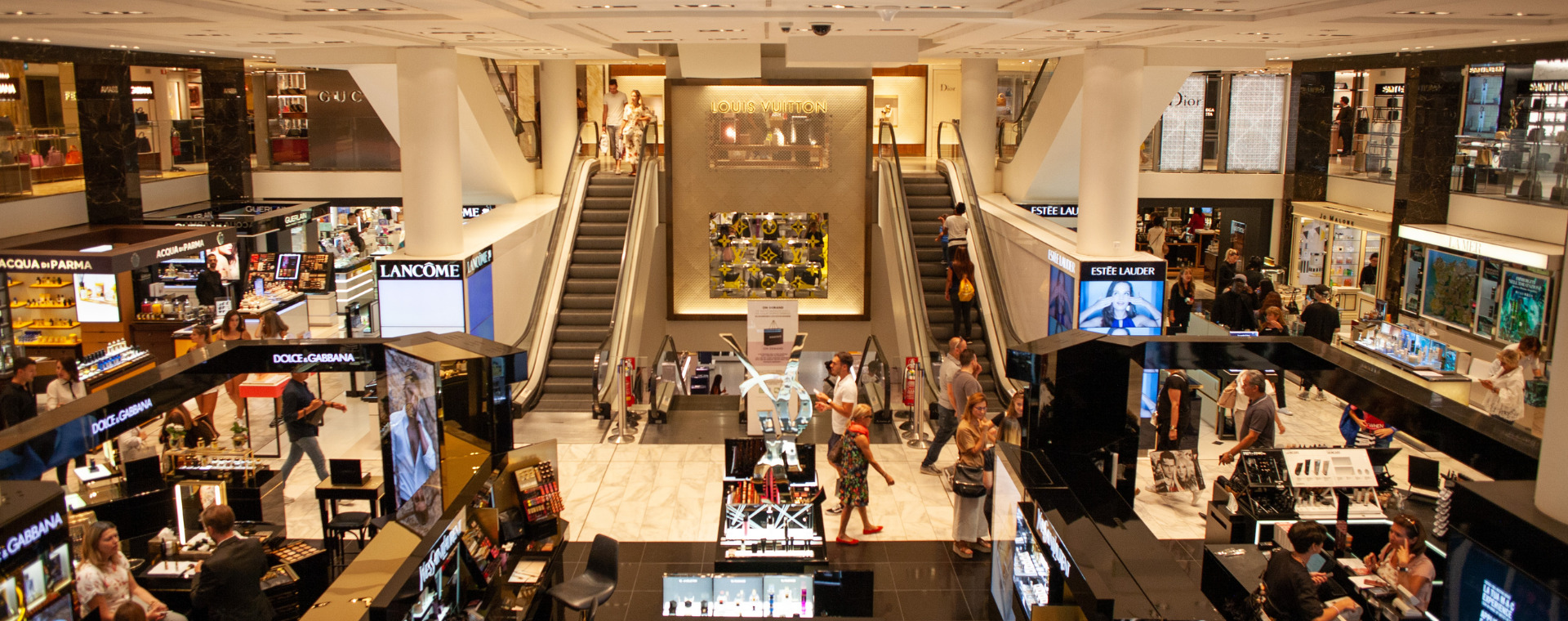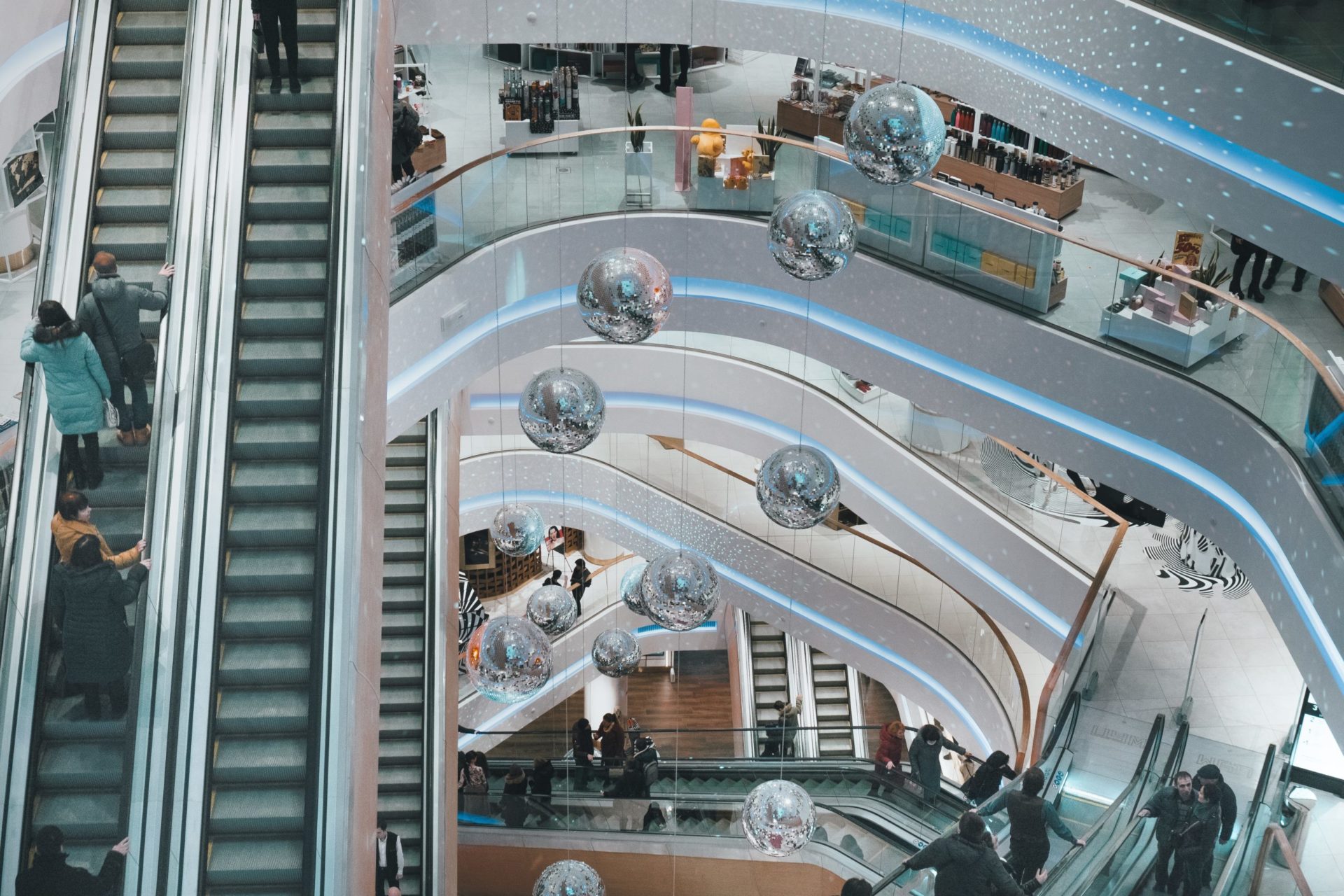Retailers should look to use one of behavioural economics’ most basic principles to get customers to connect with their products on a deeper level.
Try before you buy: even luxury brands are doing it."
Lately, when opening the Asos app on my phone (an embarrassingly frequent occurrence in my day, but that’s another post), I’ve been struck by how keenly they’re pushing their “try before you buy” scheme.”
“30 days: no fees, no interest,” the app boasts. And just the other day, a colleague told me about arriving home to find her husband trying on a £500 La Perla coat. “You bought a new coat?” she asked. “Well, not yet,” he replied. Try before you buy: even luxury brands are doing it.
It’s an old concept that’s making a resurgence in the age of online shopping, and it’s a smart move. Why? For one thing, it taps into “the endowment effect,” one of the most common principles in behavioural economics. In simple terms, the endowment effect states that we place more value on something just because we own it. So, I value the shirt I own more than a similar one hanging in a store; I value my phone more than a similar one at Carphone Warehouse. If you’ve ever looked at something for sale on eBay and thought, “They want how much for that used thing?!”, then you’ve likely seen this irrational bias in action.
The important thing for retailers is that studies have shown that the endowment effect can even take place with imagined ownership. Touching something, picking it up, trying it on, thinking about how you’d use it – all these things can all act as mini endowment effects and lead to placing a higher value on the product in question.
This is what Asos and La Perla are banking on this with their try-before-you-buy schemes. And there are other ways retailers can harness the power of the endowment effect, too – here at Savanta, we’ve developed a four-point framework to applying this principle to retail:
1. Get it in their hand
We always urge our clients to make their products as accessible as possible. Plastic wrappers around your handbags? Take them off. Lipstick testers? Remove the lids. Eliminate any barrier – no matter how small – to interacting with a product, because touching is one step closer to owning.
2. Show how it fits in their lives
Apple has become famous for this– it’s not 1gb of storage, it’s space for 1,000 songs. Customer-centric information helps people imagine owning your products in a way that tech specs alone don’t.
3. Let them make it their own
Think NIKEiD customised trainers, Coach monogrammed handbags. Giving customers the ability to personalise their products early in the shopping journey gets them engaging with them on a deeper level and picturing how they’d use them on a day-to-day basis.
4. Give them more time with it
Studies have shown that a lengthier returns policy leads to a decrease the amount of returns a retailer gets. Why? The endowment effect, of course: the longer you own something, the more attached you get to it. Plus, giving people even more time to organise a return exploits a force perhaps even more powerful than the endowment effect: human laziness.
The days of products behind glass cases are over as retailers realise what behavioural scientists have known for years: the more you can give someone the illusion that they’ve already bought a product, the more likely they are to actually buy it.
Savanta offers a full range of customer experience research and consulting capabilities. Get in touch to find out more.






